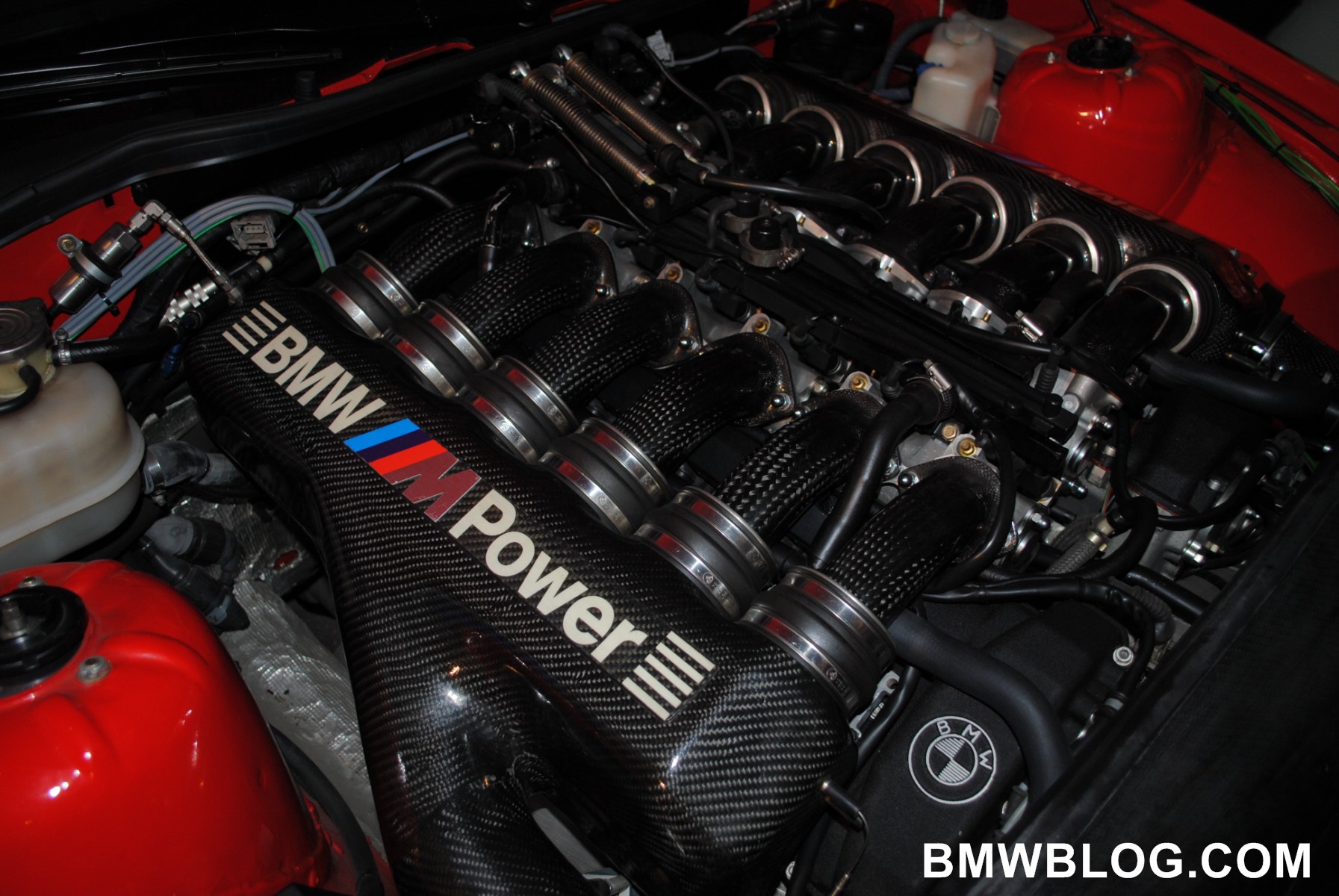Why the BMW Engine Is Thought About One of the Best in Luxury Autos
Why the BMW Engine Is Thought About One of the Best in Luxury Autos
Blog Article
Revealing the Intricacies of Next-Generation Power Units: a Deep Dive Into Advanced Engine Developments and styles
As we stand on the precipice of a new era in transport, the ins and outs of next-generation engine designs beckon us to check out the innovative innovations and advancements that assure to redefine the driving experience. Delving deeper into the realms of emission control, smart engine monitoring systems, and the horizon of power device growth, we discover ourselves on the cusp of a makeover that assures to improve the landscape of flexibility as we understand it.
Development of Engine Materials

The change in the direction of progressed engine materials has additionally made it possible for engineers to create engines with greater power outputs while maintaining fuel performance criteria. As an example, the usage of light-weight materials reduces the overall weight of the engine, bring about improved gas economy and lower emissions. Additionally, innovations in materials technology have actually enabled much better thermal administration within engines, leading to raised integrity and longevity.
Turbocharging and Supercharging Technologies
How do Turbocharging and Supercharging Technologies revolutionize engine performance and performance in modern-day automobiles? Turbo charging and turbocharging are innovations that significantly boost engine performance by enhancing the amount of air intake right into the combustion chamber. Turbocharging accomplishes this by making use of a generator driven by exhaust gases to pressurize the intake air, while supercharging makes use of a belt- or chain-driven compressor to achieve the exact same result.
These technologies make it possible for smaller, much more fuel-efficient engines to produce power equal to bigger ones, known as downsizing. By forcing even more air right into the cylinders, turbocharging and turbo charging enhance burning efficiency, leading to raised horsepower and torque outcome without a considerable boost in engine size. This brings about better velocity, towing ability, and total driving efficiency.
In addition, turbo charging and turbocharging add to enhanced fuel performance by enabling the usage of smaller sized engines that take in less fuel under normal driving problems - bmw engine. This mix of enhanced efficiency and effectiveness has made turbocharging and turbo charging indispensable components of many modern-day engine layouts
Exhaust Control and Environmental Effect
With enhancing worldwide problems pertaining to air high quality and ecological sustainability, the execution of exhaust control technologies in automobiles plays an important duty in decreasing dangerous contaminants released right into the atmosphere. Modern cars are outfitted with advanced discharge control systems that help reduce the environmental effect of automobile operations. Catalytic converters, as an example, are created to transform poisonous gases such as carbon monoxide, nitrogen oxides, and hydrocarbons right into much less harmful compounds like Continued co2 and water vapor.
Additionally, innovations in engine technology, such as the integration of exhaust gas recirculation systems and careful catalytic decrease, have significantly added to lowering discharges. These modern technologies work in tandem to maximize combustion efficiency and reduce the release of harmful toxins right into the air. Additionally, the advancement of hybrid and electric cars represents an essential step towards reducing the overall environmental impact of the transportation sector.
Intelligent Engine Monitoring Equipment

Additionally, these systems allow lorries to meet stringent emissions criteria without jeopardizing efficiency, providing a much more eco-friendly driving experience. The integration of expert system and artificial intelligence capacities in engine management systems continues to press the borders of what is possible, causing further improvements in efficiency, integrity, and overall car performance. bmw recommended you read engine. As automotive modern technology breakthroughs, intelligent engine management systems will certainly play an important duty in shaping the future of transportation towards a more lasting and efficient instructions
Future Trends in Power Device Advancement
As smart engine monitoring systems pave the method for boosted control and optimization in modern-day automobiles, future fads in power system advancement are positioned to redefine the landscape of automotive propulsion technologies. These alternate power resources provide boosted effectiveness and efficiency while aligning with rigorous ecological policies.
Another considerable trend is the assimilation of innovative materials and making techniques. Light-weight products such as carbon fiber and aluminum are being used to reduce overall vehicle weight, enhancing gas performance and efficiency. In addition, innovations in 3D printing and additive production are allowing the production of intricate engine components with higher accuracy and longevity.
Moreover, expert system and artificial intelligence are playing a crucial duty in optimizing power device performance. These modern technologies enable real-time tracking and flexible control, bring about more efficient and trustworthy power delivery. Generally, future patterns in power device development are geared in the direction of performance, sustainability, and performance, driving the automobile sector towards a brand-new age of propulsion technologies.

Verdict
In conclusion, the developments in engine products, turbocharging, exhaust control, and smart administration systems have actually led the method for next-generation power devices. The elaborate styles and developments in modern engines display the recurring advancement of auto innovation.
Discovering the progressive developments in engine products has been essential in improving the efficiency and effectiveness of contemporary engines. Over the years, the development of engine products has actually played a crucial function in pressing the boundaries of what engines can attain.The shift towards advanced engine materials has additionally made it possible for engineers to design engines with higher power outcomes while maintaining fuel efficiency standards.The implementation of intelligent engine management systems in modern-day cars has transformed the method engines are regulated and maximized for performance and effectiveness. By collecting data in real-time and analyzing it with advanced formulas, smart engine administration systems can adjust to driving styles, ecological elements, and engine health and wellness to make best use of power result while minimizing gas intake and discharges.
Report this page